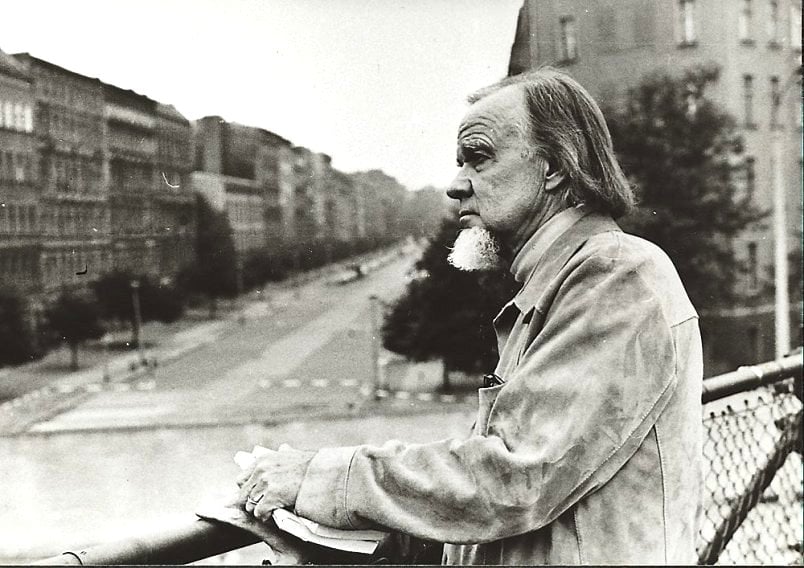I am delighted to be able to publish this guest feature from Dr. William Edgar of Westminster Theological Seminary. Dr. Edgar is the author of Francis Schaeffer on the Christian Life: Countercultural Spirituality published by Crossway.
Login to read more
Sign in or create a free account to access Subscriber-only content.
Topics:
